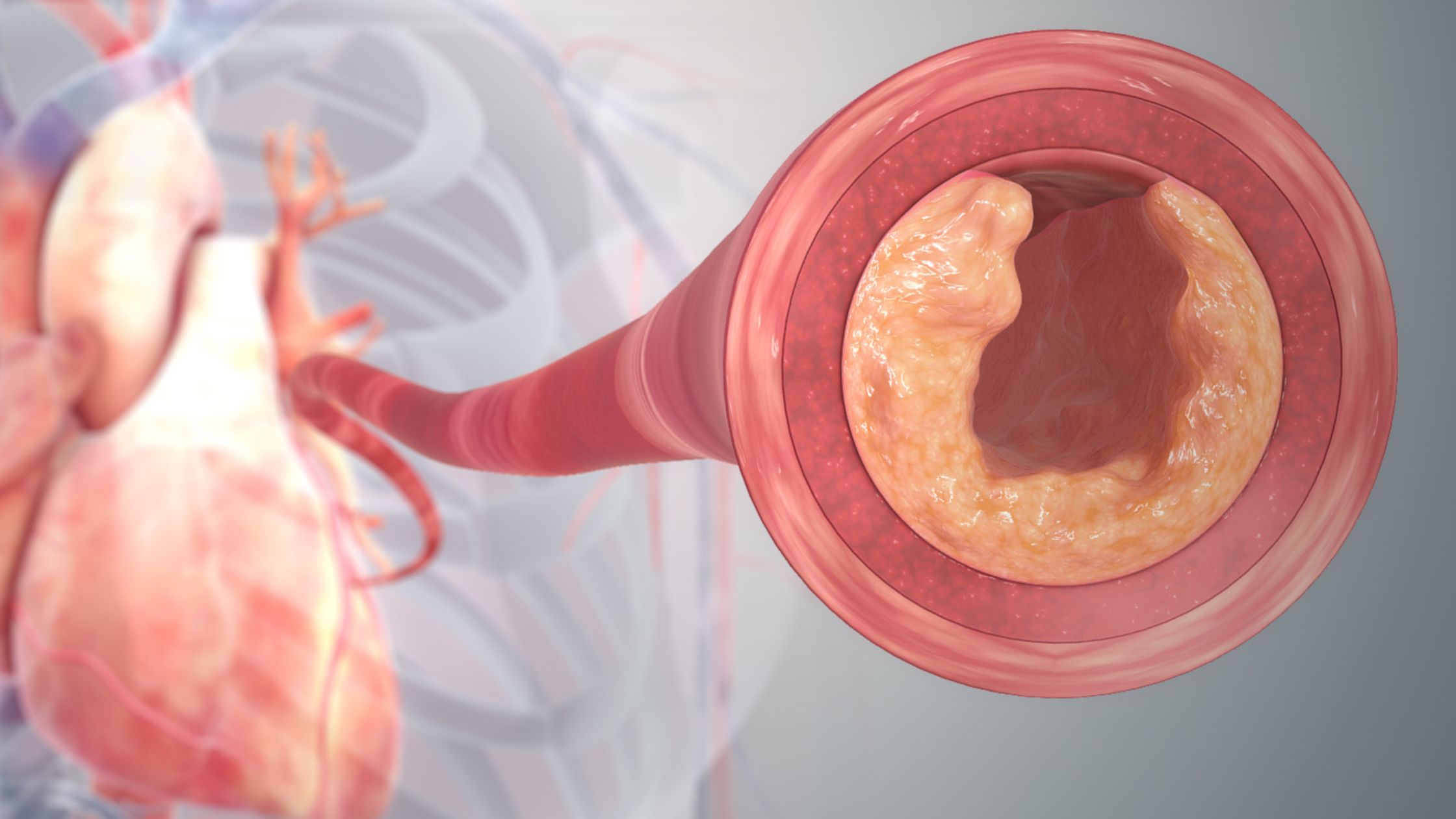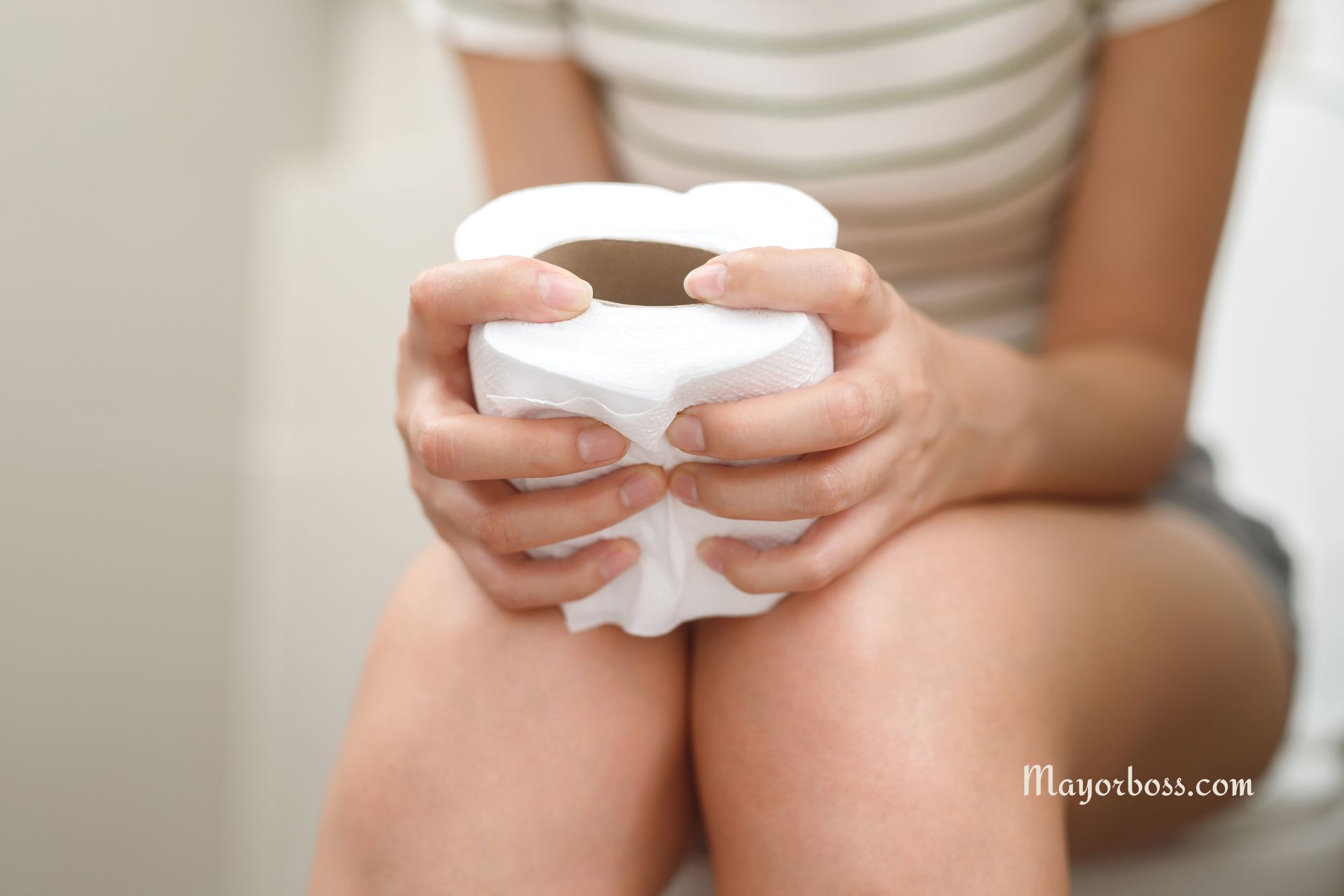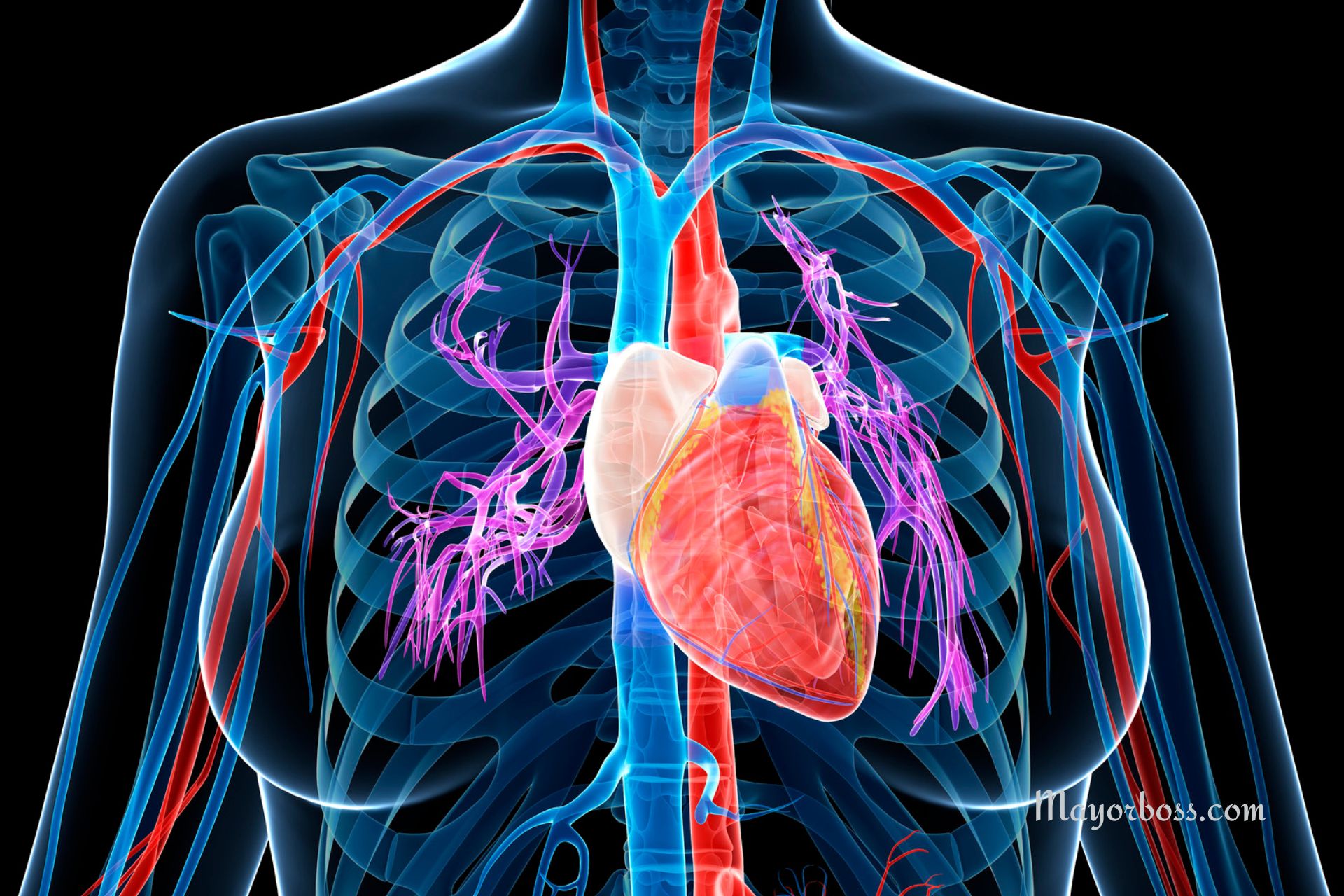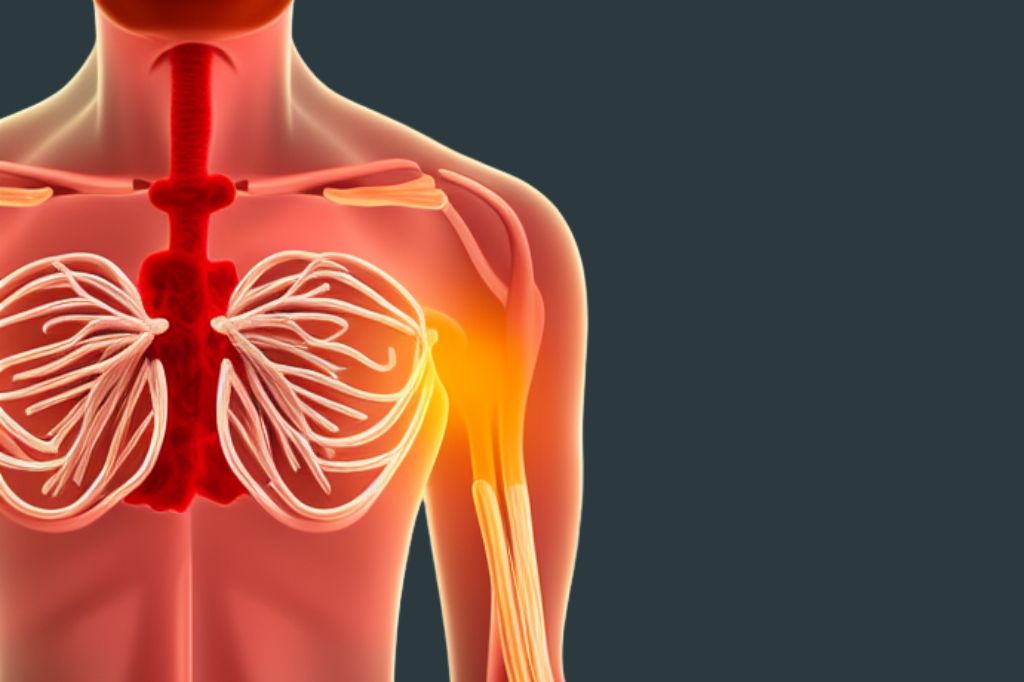Tailbone: Why Does It Stick Out and What Can You Do?
Have you ever noticed an unusual protrusion at the base of your spine and wondered, “Why does my tailbone stick out?” You’re not alone in this curiosity. This condition, often referred to as a protruding or prominent tailbone, can be a source of discomfort and curiosity. This article discusses the reasons behind this unique physical feature and its meaning to you.
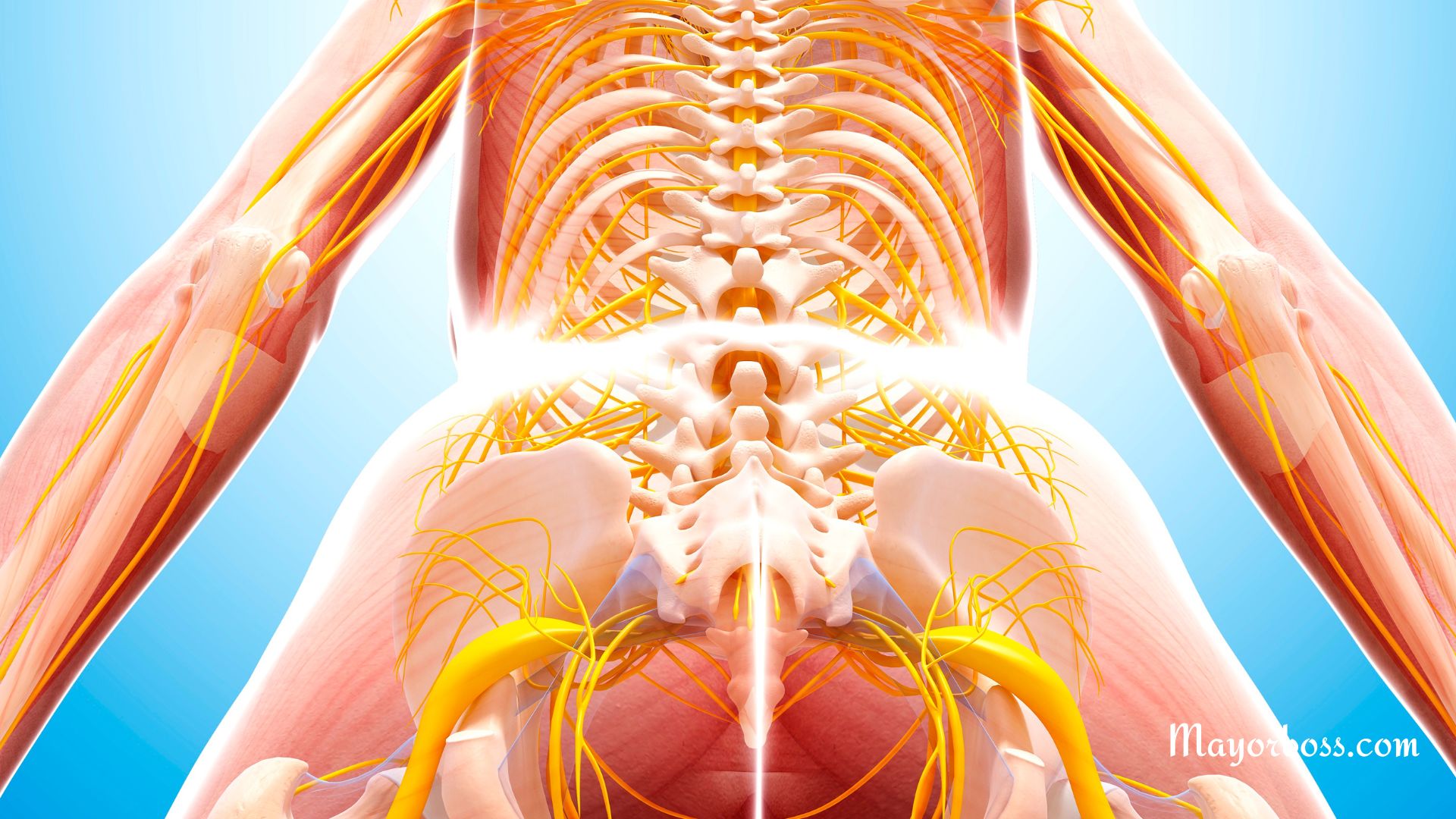
Understanding the Tailbone
The tailbone (Coccyx) is the terminal segment of the vertebral column, comprising three to five fused vertebrae. It’s a vestigial structure, a remnant of what used to be a tail in our distant ancestors. For most people, the tailbone remains tucked away, inconspicuous. But for some, it sticks out noticeably.
What Causes a Tailbone to Stick Out?
Developmental Variations
Just as people have different heights and facial features, the shape and size of the tailbone can vary. In some individuals, a naturally elongated or angled coccyx can cause it to protrude more than usual. This variation is typically harmless, although it might be more susceptible to injury.
Weight Loss
In some cases, significant weight loss can make a previously unnoticeable tailbone become prominent. As you lose fat around the lower back and buttocks, the tailbone may become more visible and palpable.
Injury or Trauma
A fall or direct blow to the base of the spine can injure the coccyx, leading to a change in its position or shape. In some cases, this can result in the tailbone protruding outward.
Childbirth
During childbirth, the coccyx becomes more flexible to allow more room for the baby to pass through. This increased flexibility can sometimes lead to a change in the position of the tailbone, causing it to stick out.
Postural Factors
Certain postural habits or conditions, such as sitting for prolonged periods on hard surfaces, can affect the positioning of the tailbone. Over time, this might lead to a more prominent tailbone.
Is a Protruding Tailbone a Cause for Concern?
In many cases, a protruding tailbone is more of a peculiarity than a medical concern. However, it can be associated with discomfort, especially when sitting on hard surfaces. In rare cases, a prominent tailbone can be a sign of an underlying condition, such as a pilonidal cyst or lower spine disorder.
Managing Discomfort
If your protruding tailbone causes discomfort, consider these tips:
- Use a cushioned seat or a specially designed coccyx cushion when sitting.
- Maintain good posture to distribute your weight evenly.
- If overweight, consider a weight management plan to reduce pressure on the tailbone.
- Gentle stretching and strengthening exercises can improve muscle support around the coccyx.
When to See a Doctor
It’s wise to consult a healthcare professional if:
- The protrusion is accompanied by pain, swelling, or redness.
- You experience changes in bowel or bladder function.
- The discomfort impacts your quality of life.
Frequently Asked Questions
Can a protruding tailbone be corrected?
In most cases, a protruding tailbone does not require correction unless it causes significant discomfort or is related to an underlying condition. Treatment options depend on the cause and severity of symptoms.
Are there exercises to help a protruding tailbone?
Yes, exercises focusing on strengthening the pelvic floor, glutes, and lower back can provide better support for the coccyx. A physical therapist can recommend a tailored exercise program.
Can a protruding tailbone affect pregnancy?
While a protruding tailbone does not typically affect the ability to become pregnant, it may cause discomfort during pregnancy and childbirth. Discussing this with your obstetrician can help prepare for a comfortable pregnancy.


